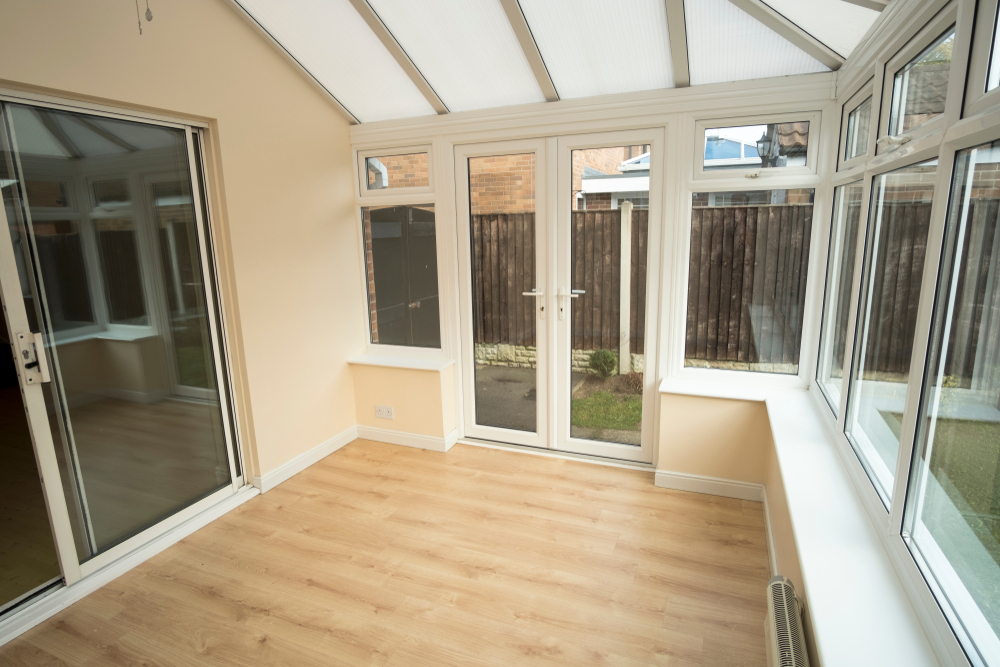Rethinking Part O: Why Extensions and Conversions should be included
With the UK facing prolonged high temperatures and record-breaking heatwaves, the issue of indoor overheating is more important than ever – affecting not only new builds but also existing homes, particularly those with extensions or office-to-residential conversions. Elmhurst take a look at whether part O should apply to extensions and conversions.
Overheating Risks Go Beyond New Builds
Despite Part O only applying to new residential buildings, the risk of overheating is not just limited to new builds. Existing homes and buildings are also becoming increasingly vulnerable to elevated indoor temperatures due to climate change and rising temperatures. This issue is worsened when buildings are converted, or extensions are added. As temperatures rise and heatwaves become more frequent, homes that were not originally designed to withstand extreme heat are beginning to show signs of stress under these challenging conditions.

The Hidden Heat Risk in Home Extensions
The trend of adding highly glazed extensions to existing homes continues to grow. Under current building regulations, if an extension features more than 25% glazing in its total area, compliance can be demonstrated through a SAP assessment.
These assessments allow for thermal improvements to the existing dwelling, making it easier to build over-glazed additions. While these extensions can enhance the aesthetic appeal and increase natural light, they can also significantly worsen overheating, particularly through excessive solar gain during the summer months. With improvements made to the thermal elements of the existing dwelling but no consideration for ventilation, this can result in uncomfortable conditions as indoor temperatures rise during warmer weather.

Overheating Risks in Office-to-Residential Conversions
To meet the housing needs in the UK, we have seen a rise in the conversion of existing offices to residential dwellings. Studies have highlighted that single-aspect dwellings, as well as those located in urban heat islands, are especially vulnerable to overheating. As a result, these newly converted properties are at significant risk of experiencing elevated indoor temperatures. Without proper ventilation, shading, and cooling solutions, these homes may not be adequately prepared to cope with rising temperatures, increasing the likelihood of heat-related health issues.
Currently, as Part O of the Building Regulations does not extend to these properties, there are no requirements in place to ensure these conversions remain comfortable during the summer months. This vulnerability was also highlighted in a study by Zurich UK, which found that office-to-residential conversions are particularly prone to overheating.
Elmhurst’s Thoughts
In the face of climate change, it’s clear that we can no longer afford to leave homes unprepared for the rising temperatures of the future. Now is the time to ensure that all homes, whether newly built, extended, or converted, are equipped to handle the heat.
While we await the outcome of the Future Homes Standard consultation, expected in Autumn 2025, to determine potential changes to Part O, Elmhurst believe that best practice would involve conducting overheating assessments on both extensions and conversions.
By extending Part O to these homes, we can ensure that they remain safe, comfortable, and healthy for residents, while also improving their energy efficiency and resilience to climate change. This approach would not only protect public health but also contribute to a more sustainable and climate resilient housing stock in the UK.
Further Resources
https://www.elmhurstenergy.co.uk/overheating-risk-assessments/
Train to complete Overheating Risk Assessments
Learn how to carry out Overheating Risk Assessments for new build properties, with Elmhurst’s Overheating training course, provided in partnership with IES and DesignBuilder.
FIND OUT MORE
